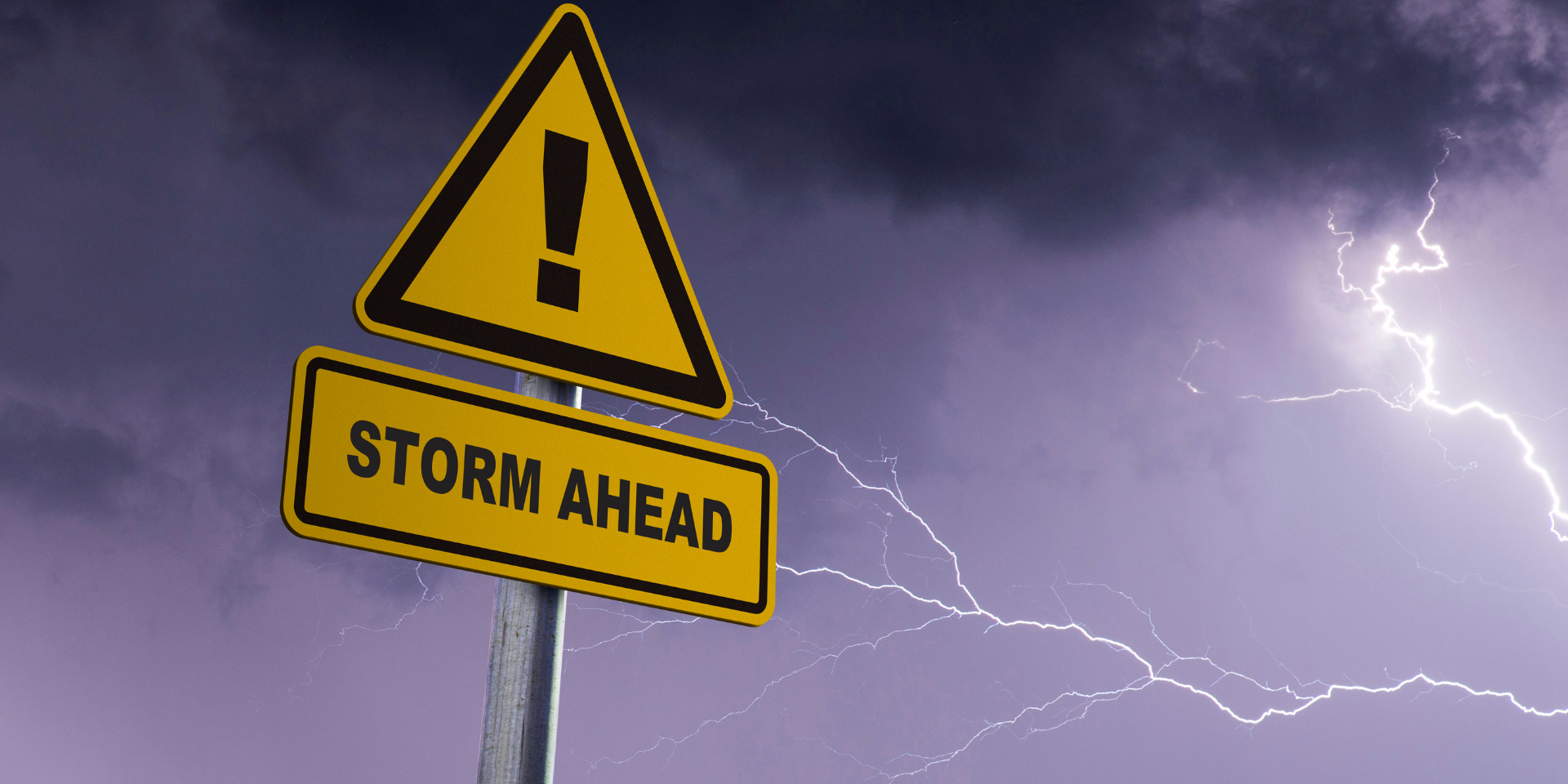Public Adjuster for Flood Damage Claims in Islip, New York
Flood damage can be devastating, often leading to significant losses that affect both the structure of your home and its contents. Unlike typical water damage, flood damage is caused by external natural events such as heavy rainfall, storm surges, overflowing rivers, or rapid snowmelt, resulting in widespread inundation. Understanding the intricacies of flood claims is crucial, as standard homeowners insurance policies typically do not cover flood damage. At JF Public Adjusters, we specialize in navigating the complexities of the National Flood Insurance Program (NFIP) and other flood insurance policies, ensuring you receive the full compensation you are entitled to. Our team of experienced public adjusters will meticulously document the damage, prepare comprehensive repair estimates, negotiate with your insurance provider, and advocate on your behalf, so you can focus on rebuilding and restoring your home with confidence.
The Different Kinds of Damage Caused by Flood
Understanding these various types of flood damage is crucial for property owners when assessing the extent of their losses and filing accurate insurance claims.
Filing a claim for flood damage to your Islip, NY home or business?
Don’t let you insurance company push you around. JF Public Adjusters advocate for your rights, securing you the settlement that you’re entitled to. Contact us today for a free consultation and on-site inspection.
Level the Playing Field
Partner With The Property Damage and Insurance Claim Experts
Frequently Asked Questions About Flood Damage and Flood Claims
These FAQs and answers can provide valuable information to clients dealing with flood damage and navigating flood insurance claims, helping them understand the process and their options.




GET IN TOUCH!
The Leading Property Damage Experts Are Here To Help
CONTACT NEW YORK’S HIGHEST RATED PUBLIC ADJUSTER IMMEDIATELY BY CALLING OUR OFFICE OR BY COMPLETING THE FORM.
CALL US FOR FREE















